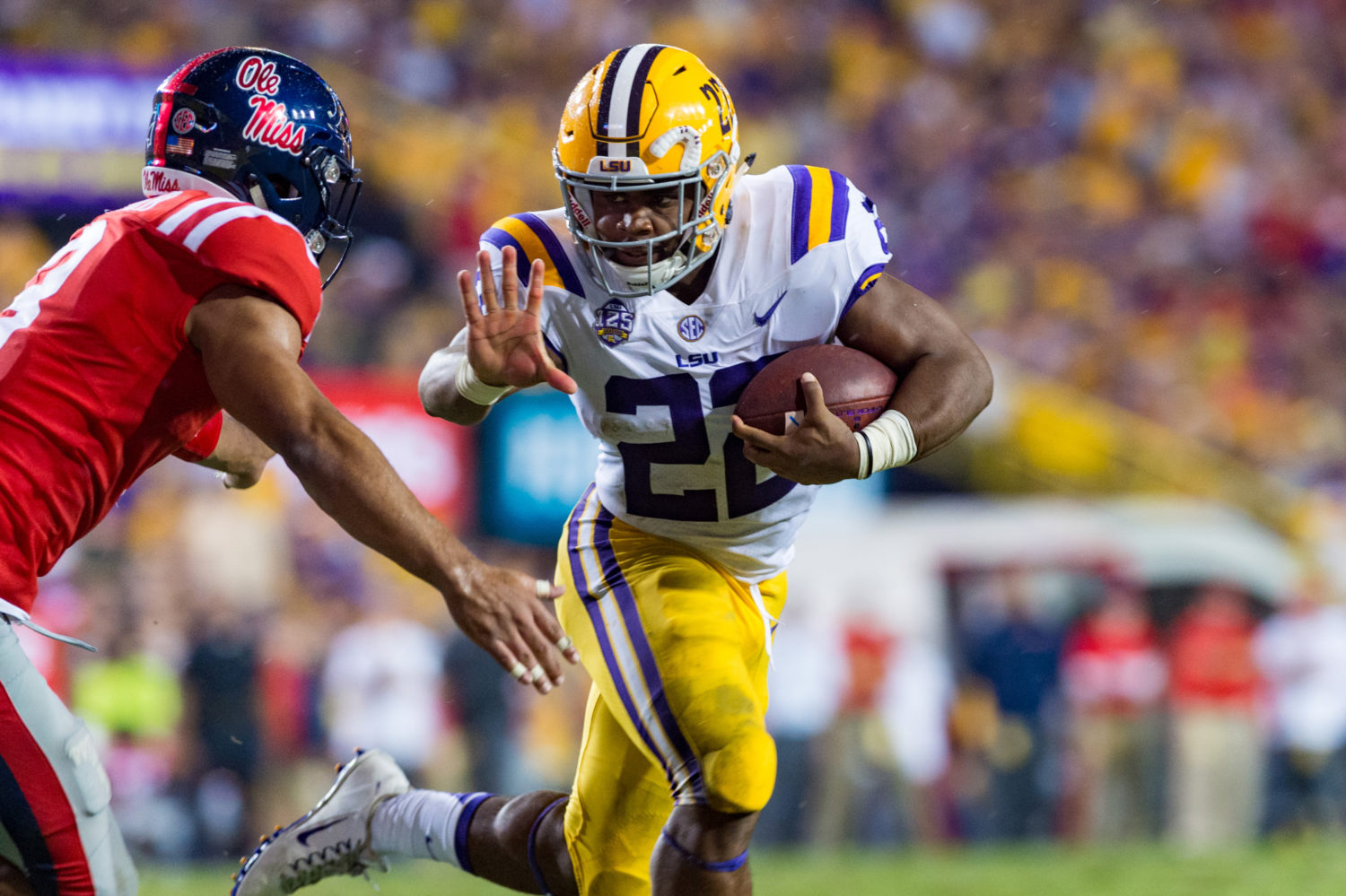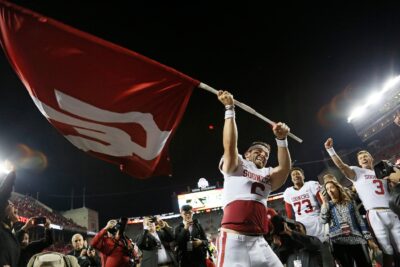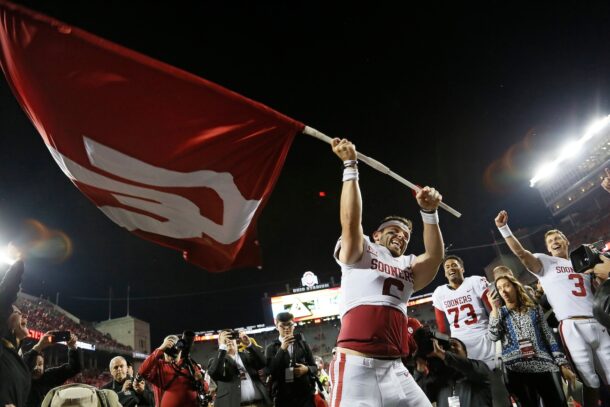
LSU vs. Georgia: Give the Tigers a slight advantage in the running game
By Les East
Published:
LSU and Georgia usually run waves of running backs at opposing defenses.
Not so much this season.
Both teams are very good at running the ball as they prepare to meet in the SEC Championship Game on Saturday in Atlanta.
And they have capable backs in reserve if needed.
But if all goes according to form Saturday, the success of the No. 2 Tigers’ running game will hinge primarily on Clyde Edwards-Helaire and the success of the No. 4 Bulldogs’ running game will hinge primarily on D’Andre Swift.
And, of course, their strong offensive lines.
Edwards-Helaire is 3rd in the SEC in rushing with 1,233 yards. Swift is 4th with 1,203.
Swift left the win against Georgia Tech last Saturday with a bruised shoulder, but coach Kirby Smart said he expects the junior to be ready for the championship game.
Neither team has a second runner in the top 20 in the conference. Georgia’s No. 2 rusher is Brian Herrien with 466 yards and 6 touchdowns.
The Tigers’ No. 2 rusher is freshman Tyrion Davis-Price with 260 yards, but quarterback Joe Burrow is right behind him at 248 yards. Davis-Price has gotten a lot of work on the goal line and produced 6 touchdowns on 56 carries.
Edwards-Helaire is 3rd in the SEC in yards per carry (6.78) and Swift is 7th (6.23). Edwards leads the SEC in touchdowns by a wide margin with 16. Swift is tied for 11th with 7.
But team-wise, the Bulldogs have produced more rushing yards than the Tigers. Georgia ranks 5th with an average of 200 yards per game and LSU ranks 6th with an average of nearly 30 fewer yards per game. Part of that, obviously, is scheme. LSU is the 2nd-most prolific passing team in the country.
The Bulldogs also are better at yards per carry (5.33, 4th best) than the Tigers (4.95, 6th best).
LSU has found the end zone more frequently, rushing for 29 touchdowns (tied for 3rd) while Georgia has 20 rushing touchdowns (8th-best).
So what’s the bottom line here?
Georgia runs the ball more often than LSU does, but not by as large a margin as one might suspect given the Tigers’ record-breaking passing game.
The Bulldogs have just 47 more rushing attempts (460-413), essentially 4 more per game. Georgia has been more productive, not just gaining more yards because they run it more but also gaining more per carry than LSU.
But productivity has to be measured by point production, not just by the real estate gained. In that regard LSU is more productive as demonstrated by its healthy advantage in rushing touchdowns.
The Tigers have another more subtle advantage in Burrow’s ability compared to Bulldogs quarterback Jake Fromm.
LSU doesn’t like to run Burrow a whole lot and expose him to injury, but the Tigers do use the read option to good effect periodically and Burrow has been effective taking off when he doesn’t like what he sees from the pass play that has been called.
If Fromm runs, it means something has gone wrong for Georgia. He has 4 rushing yards this season (including yards lost because of sacks). His longest rush was 15 yards, and that’s the only time he’s gained more than 9.
Getting back to the bottom line, these running games are about as equal as they can get as part of offenses that take different approaches.
Georgia will be more determined to run the ball because it has to run the ball effectively to make everything else work, especially Fromm’s play-action game.
LSU will run the ball, but only when it thinks it’s advantageous to do so. Burrow will soften the defense with some passes, then the Tigers will mix in Edwards-Helaire.
They might stick with Edwards-Helaire. Then again they might go away from him for a while and stick with the pass. When the Bulldogs get tired of chasing the Tigers receivers around, Edwards-Helaire will get his chances, especially in the red zone.
Edwards-Helaire will be an important factor in the game and so will Swift.
The difference is LSU isn’t as dependent on getting its top runner going early as Georgia is.
And that gives the Tigers a slight advantage.
Les East is a New Orleans-based football writer who covers LSU for SaturdayDownSouth.com. Follow him on Twitter @Les_East.







